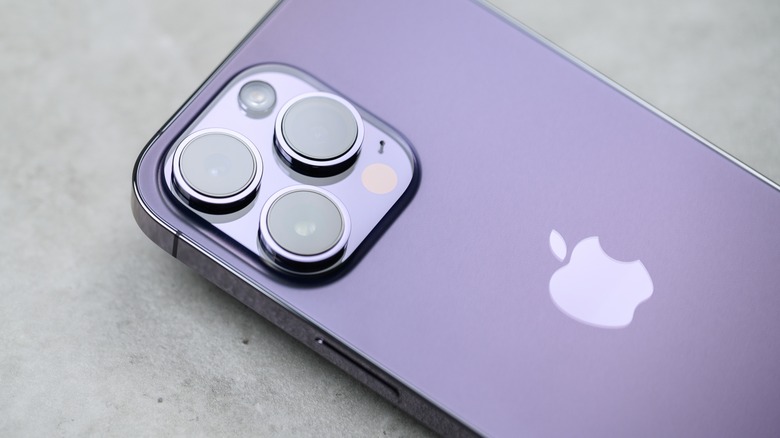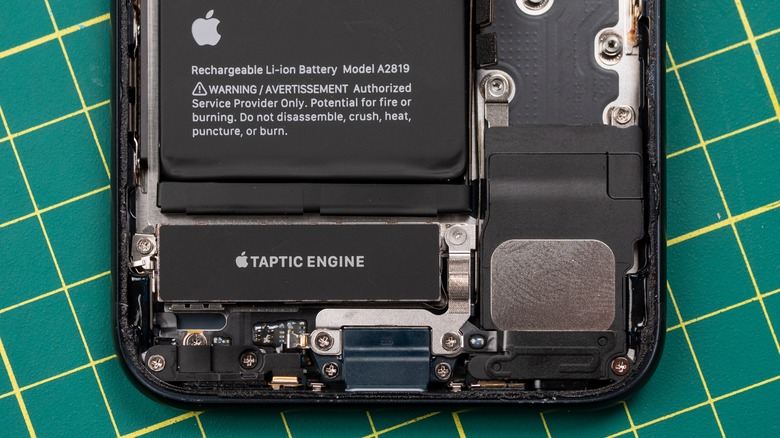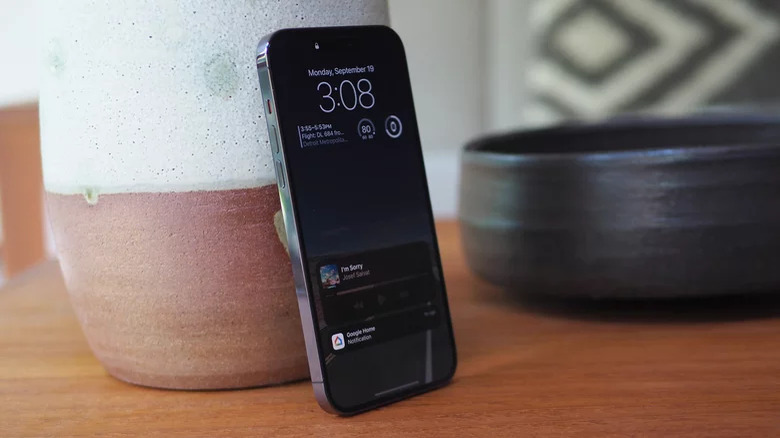Apple May Be Struggling With iPhone 15 Pro's Most Fascinating Feature
For several months, there have been rumors about Apple's plans to replace the existing physical buttons with the introduction of the iPhone 15 Pro. After analyst Ming-Chi Kuo first suggested the use of capacitive touch buttons with feedback simulated by the iPhone's Taptic Engine, various other sources have corroborated the development and added info about these reinvented buttons. However, a new report from Kuo indicates these capacitive buttons might have been dropped from the iPhone 15 Pro's feature list.
Citing "unresolved technical issues" prior to production, Kuo reports that Apple has decided to return to physical buttons as the iPhone 15 Pro and iPhone 15 Pro Max models get ready to enter production. Meanwhile, analyst Jeff Pu attributes this decision to the complexities these buttons add to the interior design of the iPhone.
The decision will allow Apple to stay on track with its production timeline and prevent delays in the iPhone 15's launch and product deliveries.
Complexities in the design lead to delays
Based on previous reports, the iPhone 15 Pro was supposed to feature new "solid-state" buttons instead of the traditional push buttons for volume. Likewise, the mute switch was also reported to be replaced by a linear switch, also capacitive in nature, which would require iPhone 15 Pro owners to force-touch it to toggle between Ring and Mute modes. This button was supposed to be programmable and allow users to control multiple functions such as flash, battery saver mode, and screen rotation with a single switch.
Since these buttons lacked any physically moving hardware, each one was rumored to be hooked up to individual vibration motors — known as Taptic engines — to simulate a haptic response from pressing an actual switch, somewhat similar to the capacitive home button on the iPhone 7 and 8 series.
Apple was also rumored to have been building a separate microchip to prevent excessive haptic feedback from draining the battery.
The fate of capacitive iPhone buttons now uncertain
Understandably, three additional vibration motors and a dedicated energy-saving chip would have led to multiple complications while assembling, with potential quality control implications in mass-scale production. The low-energy microchip — which was also rumored to take care of other background processes including NFC, Find My services, Apple Pay, etc. — might still make it to the final design, but it's unclear if that's true. These processes are currently taken care of by software and are controlled by the main chipset in current iPhones.
Being one of the most trustworthy Apple analysts, Kuo's words hold a lot of value, and almost certainly means Apple is backtracking on its decision. Users looking forward to capacitive buttons and new haptic tech will almost certainly have to wait another year to be able to experience this change.
Other than the buttons, another notable change likely coming to the iPhone 15 series is a USB Type-C port, bringing an end to the era of the infamous Lightning Port. This year's models are also rumored to feature curved display edges and thinner bezels.


